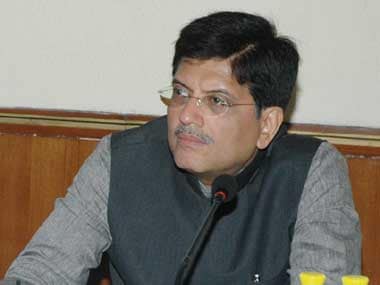Should one be excited about the Narendra Modi government’s new bad loan resolution plan, Sashakt? To begin with, the government clarifying that it will not go ahead with a ‘bad bank’ is the right move to make, as the idea never made any sense in the Indian context from the very beginning. Dumping all bad loans into one entity with no clear resolution plan was like putting together several tiny explosive materials to build a big bomb. In other words, it’s like transferring the problem from one hand to the other. On the face of it, the thrust of 'Project Sashakt', based on the recommendations of the Sunil Mehta-led panel, unlike ‘Mission Indradhanush’ that focused on several aspects of bank governance, is mainly creating a wider market for the speedy sale or resolution of stressed assets. The plan envisages creating a large asset management company (AMC) with wider participation from banks that will provide equity investments to the new AMC. An Alternative Investment Fund (AIM) is also on the cards that will mobilise funds for the buyout of stressed assets. The plan talks about dealing with stressed assets of up to Rs 50 crore within the bank itself; an inter-creditor agreement with a 180-days deadline for Rs 50-500 crore loans; and an independent AMC for loans above Rs 500 crore. [caption id=“attachment_4449521” align=“alignleft” width=“380”]  A file image of finance minister Piyush Goyal. PIB.[/caption] If none of these work, the loan goes to the National Company Law Tribunal (NCLT) as is the case now. The point is the above plan is nothing new from what is already happening now. Even now, banks deal with smaller loans that have turned sour in-house; even bigger ones in coordination with the consortium; while very high-value loans are pushed to the NCLT. In this context, Sashakt looks like a case of old wine in a new bottle. Now, let’s take a closer look at the AMC plan. The problem in bad asset resolution, in India, was always a lack of buyers with deep pockets, who can do the bankrolling for large buyouts of stressed assets. Now, what will the new AMC or AIF really do? Already India has a handful of asset reconstruction companies (ARCs) that pretty much do the same job. But this industry hasn’t picked up well for two main reasons. Firstly, a lack of financial depth and the other, issues in the pricing of stressed assets. Banks that put stressed assets on the block demand a higher price to make up for at least a part of their losses but ARCs want cheap deals without which these firms can’t stay in business. We will have to wait to see how different the new AMC proposed by the government will be. The big question is - Who will invest in the AIF? This is because empirical evidence shows that there has not been much interest from the private sector to participate in the stressed asset market so far. The success of the IBC gave some hope mainly because large corporations with deep pockets came forward to acquire distressed assets, as was the case with the Tata Steel-Bhushan Steel deal and the Vedanta-Electrosteel deal. But, these are exceptions. Thousands of stressed asset deals have been stuck for years for a want of investors with deeper pockets. Creating a bigger bad asset resolution market under the proposed Sashakt plan is a good move. However, the success of the plan will depend on whether the NDA government can make the scheme attractive enough and generate sufficient investor interest.
Project Sashakt’s success hinges on the Modi government’s ability to push out a scheme that can generate sufficient investor interest.
Advertisement
End of Article


)
)
)
)
)
)
)
)
)



